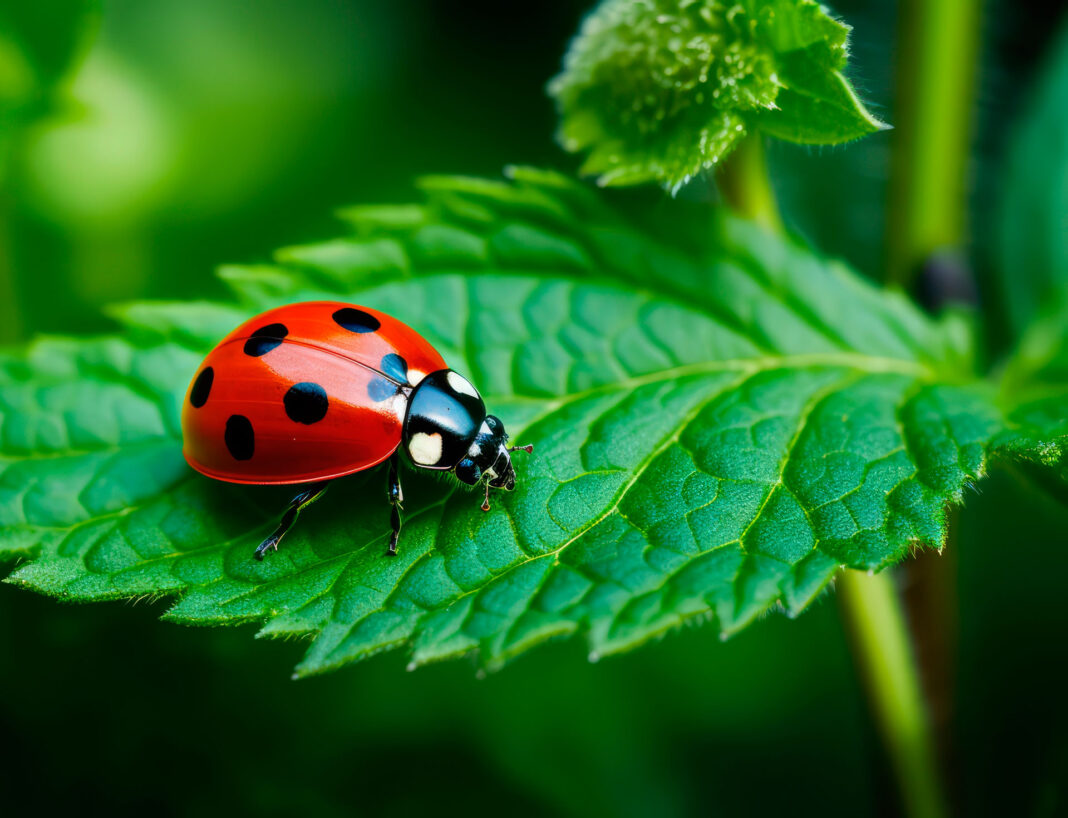Ladybirds are not only attractive and harmless, but they are also powerful allies in the battle against aphids, mites and caterpillars
Known as sarantontón in the Canary Islands and mariquita in mainland Spain, ladybirds, or ladybugs are neither birds nor bugs but small flying beetles. Their familiar red and black presence delights humans yet terrifies harmful insects as, besides pollinating flowers, they are natural predators of aphids and other species, providing effective pest control to protect our gardens, orchards, and public parks.
The subspecies found on our islands and across North Africa is Coccinella algerica Kovar, extending from Tunisia to Morocco and reaching Gibraltar. In the delicate balance of nature, there is no such thing as pests. They only occur in ecosystems where the natural equilibrium between pests and prey has been disrupted by human intervention. By introducing natural predators, we can control the proliferation of insects and other animals harmful to our plants without resorting to toxic chemical pesticides.
While adult ladybirds are undeniably pretty, their larvae are far fiercer in terms of both looks and behaviour. They are voracious aphid hunters. A single larva can devour 50-150 aphids daily, while adults manage around 80 per day, totalling over 1000 in a season! Moreover, a single female can lay more than a million eggs, ensuring future generations of natural pest control.
If you are keen to boost your garden’s natural defences but do not have ladybirds, you can get hold of larvae sold at organic farms. Prices vary depending on quantity, ranging from around €20 for 100 larvae to €150 for 1000, ideally suited to large gardens or crop fields.
Before welcoming these beneficial guests, understanding their life cycle is crucial to avoid confusing them with harmful species. In spring, they lay yellow, elongated eggs on the underside of plant leaves. These eggs hatch a week later into dark, elongated larvae that look nothing like adults. Over the course of about a month, they go through three moults and four stages before developing into pupae, which look more like adults. After a few days, these pupae emerge as the familiar, black-spotted red adults – a colour in nature that signifies danger and warns predators to stay away.






